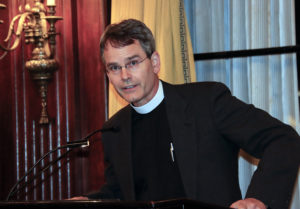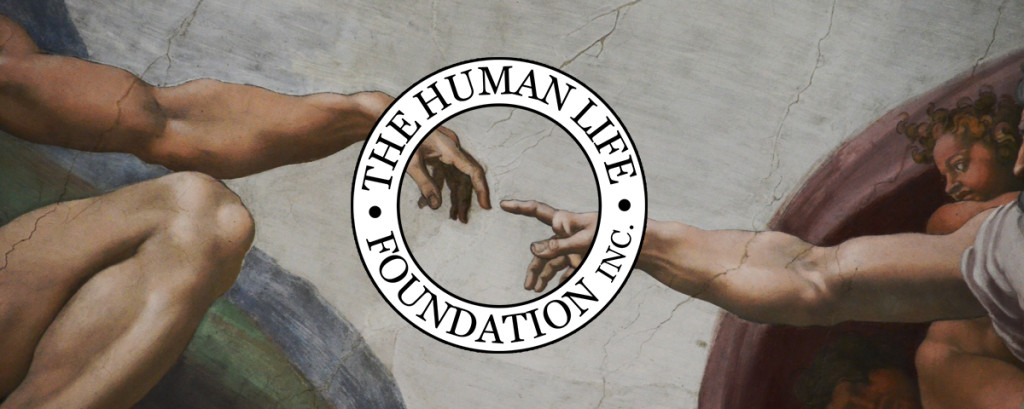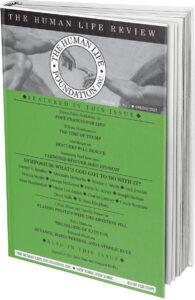Guess How Much I Love You
For as high as the heavens are above the earth, so great is his steadfast love toward those who fear him (Psalm 103:11).
Our family has a children’s book called Guess How Much I Love You, written nearly 25 years ago by Sam McBratney. A sweet and timeless tale, it recounts a “competition” between Little Nutbrown Hare and Big Nutbrown Hare over who loves the other the most. For example, Little Nutbrown Hare announces “I love you as high as I can hop!” Unfortunately for him, Big Nutbrown Hare loves Little Nutbrown Hare as high as he can hop, which is much higher. Near the end of the book, after much such back and forth, Little Nutbrown Hare thinks he has won the “argument” when he tells Big Nutbrown Hare he loves him “all the way to the moon”—only to hear Big Nutbrown Hare declare, “I love you to the moon—and back!”
It is a cute story. And a powerful one. The reason it is so powerful, to my mind, is the manner in which it works with distances. How can I tell my daughter how much I love her? I have used my arms, which open and stretch roughly six feet across, to try to express how much. But does “to the moon and back” even begin to capture it? Trying to describe the love of a father for a daughter stretches language to the breaking point. Many fathers—and, of course, mothers—know just what I am talking about.
Images of distance are powerful, so it is no surprise that the Scriptures use them plentifully, sometimes painfully. For instance, Hebrews draws on distance to speak of “sin which clings so closely” (Hebrews 12:1). Perhaps the most painful allusions to distance have to do with sexual sin, which, unlike other kinds, is committed against one’s own body. Sexual sin opens oneself to the extent of becoming one with another (1 Corinthians 6:12-20), and gets inside us in ways that other sin does not. It is so painful because it is so near. Abortion, likewise, is as painful as it is because it destroys the son or daughter conceived in sexual union, being nurtured in the nearest of places—the womb of his or her mother. Is there a bond closer than that of mother and child?
Thankfully, the Scriptures also speak of distances in another way, much like the way Big Nutbrown Hare speaks to Little Nutbrown Hare. Hear the words of Psalm 103 concerning the Lord’s steadfast love toward sinners:
He does not deal with us according to our sins, nor repay us according to our iniquities. For as high as the heavens are above the earth, so great is his steadfast love toward those who fear him; as far as the east is from the west, so far does he remove our transgressions from us. As a father shows compassion to his children, so the LORD shows compassion to those who fear him. For he knows our frame; he remembers we are dust (103:10-14).
How far, exactly, is the east from the west? How far above the earth are the heavens? To the moon and back is a short bus ride by comparison. Which is exactly the point. The Lord, as the good Father he is, knows the frames of his children (the better and the worse), and loves them far above and beyond anything we can comprehend or measure. And this immeasurable love of his puts immeasurable distance between us and our sins, separating us, not just from guilt, but from pain as well.
And how can we know that? Because, in Jesus, the distance we have put between ourselves and God by sinning has been overcome. God has drawn near. And the promise for all who are weary and heavy laden with sin—especially sin that is very near—is that God himself will draw near, near enough to bless us in the most intimate of ways, that is, by wiping away our tears. For there will come a day when the Lord “will wipe away every tear from their eyes, and death shall be no more, neither shall there be mourning, nor crying, nor pain anymore, for the former things have passed away” (Revelation 21:4).
Things need not always be as they are. Nor will they be. You who are weary and heavy laden with pain and regret for past sin, or burdened with present distress, know you are not beyond the reach of the Lord Jesus’ gracious hand. Let him draw you near.










